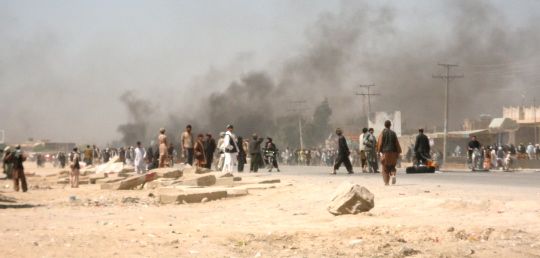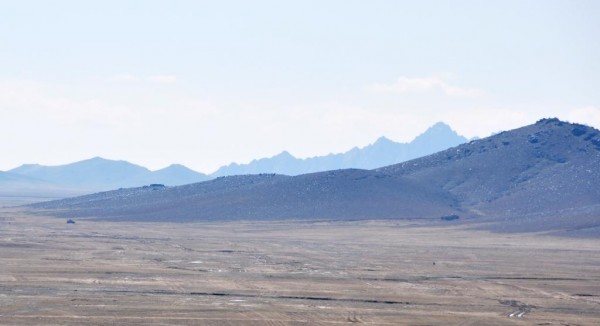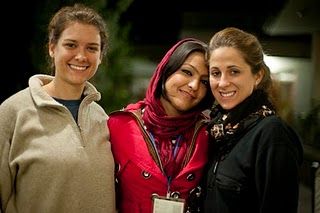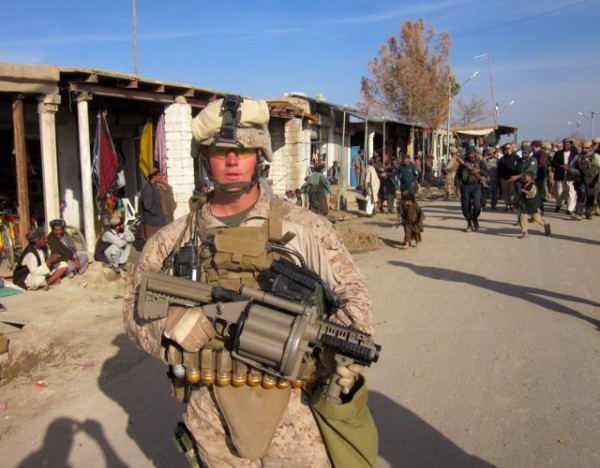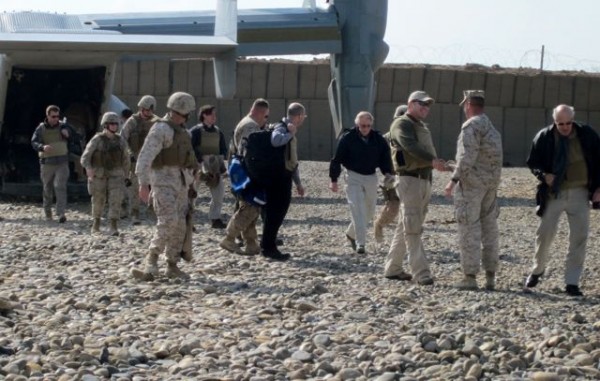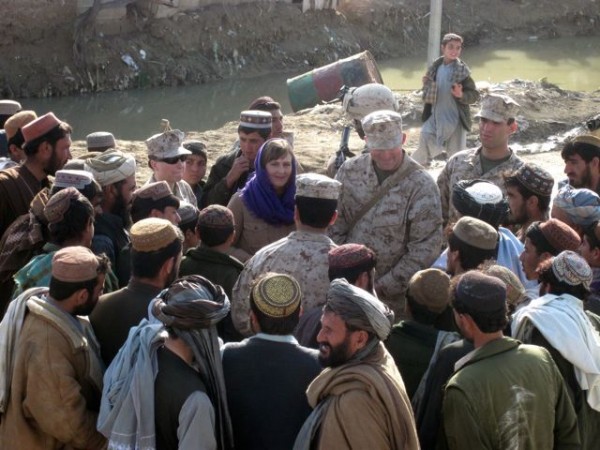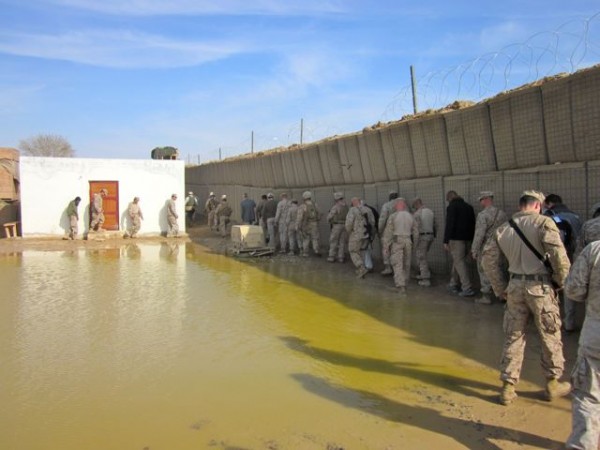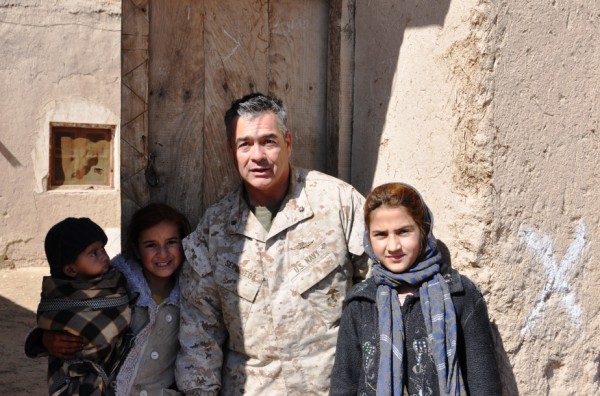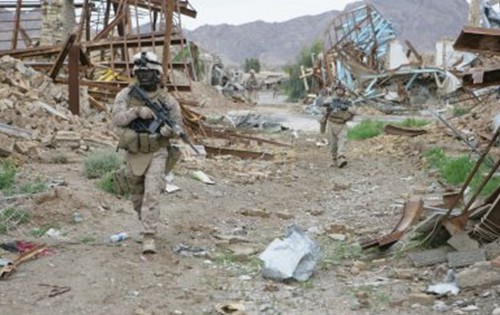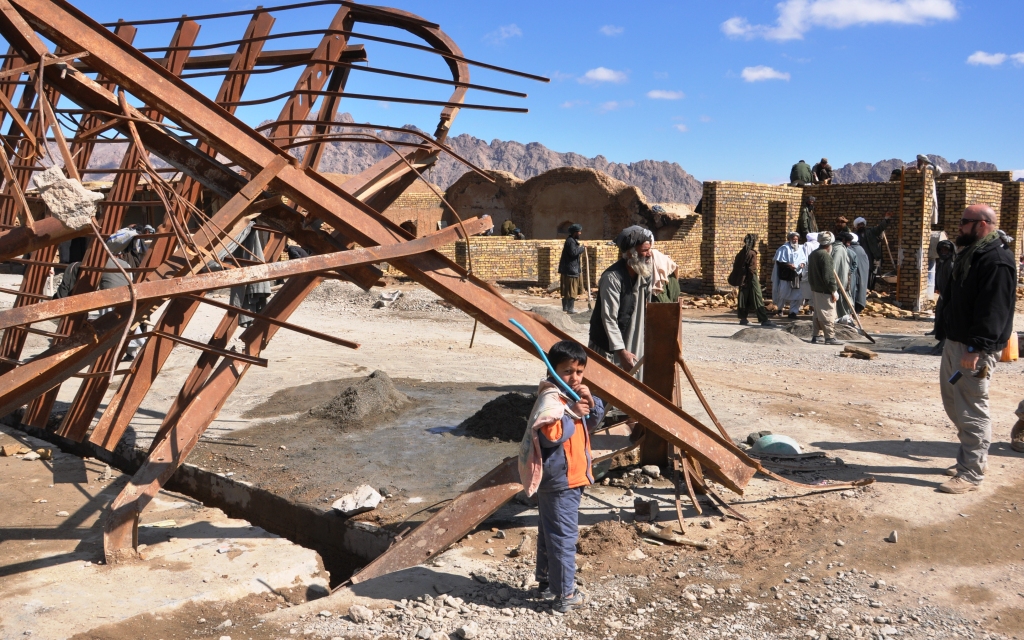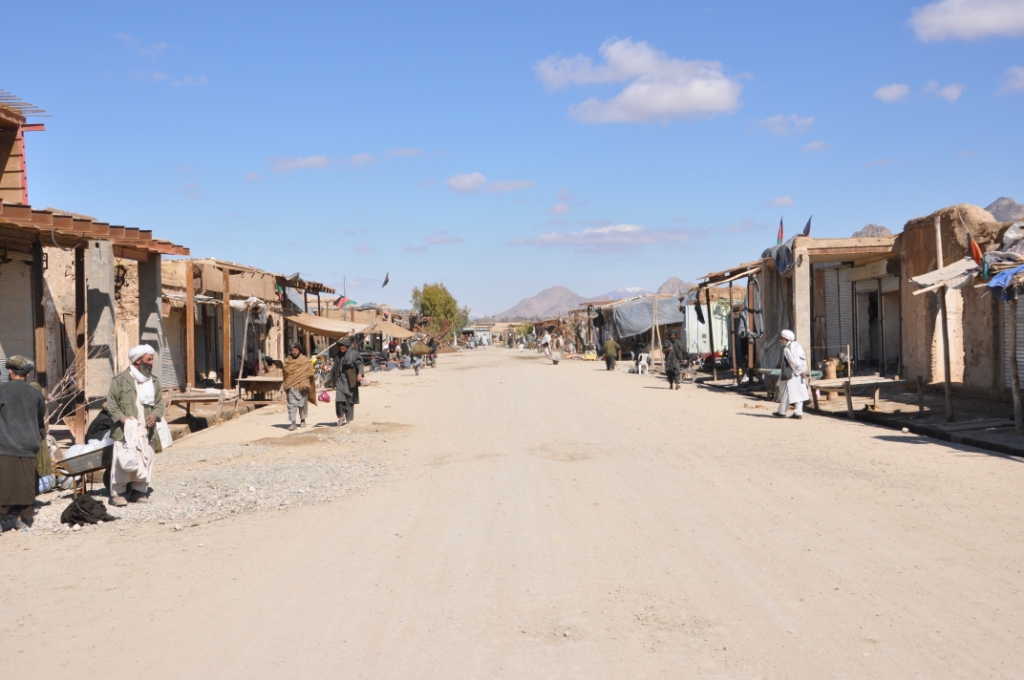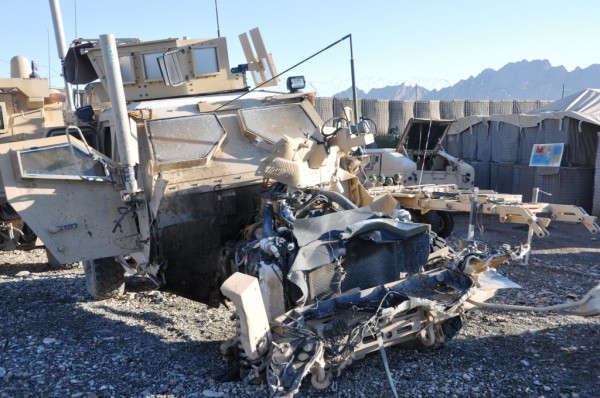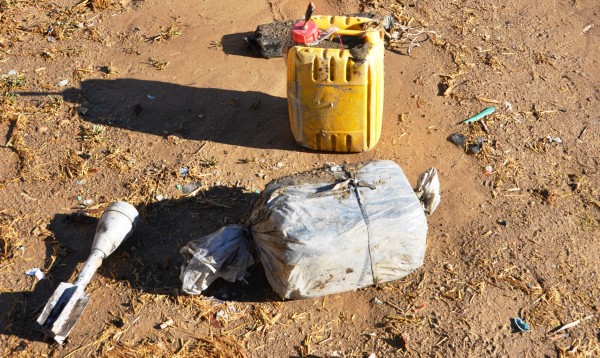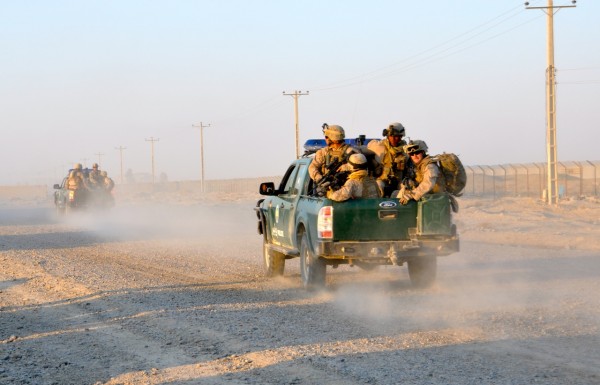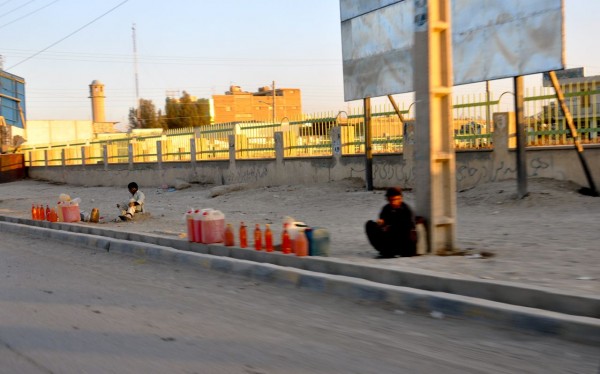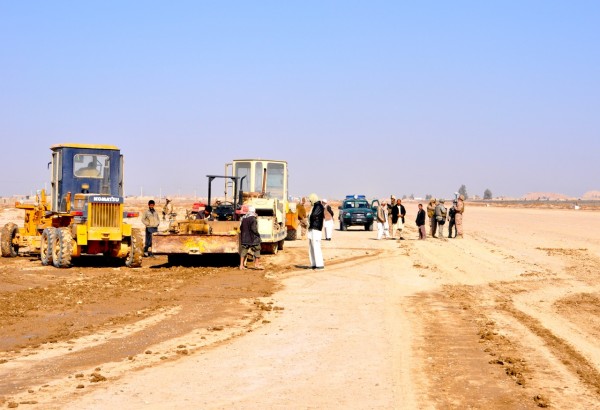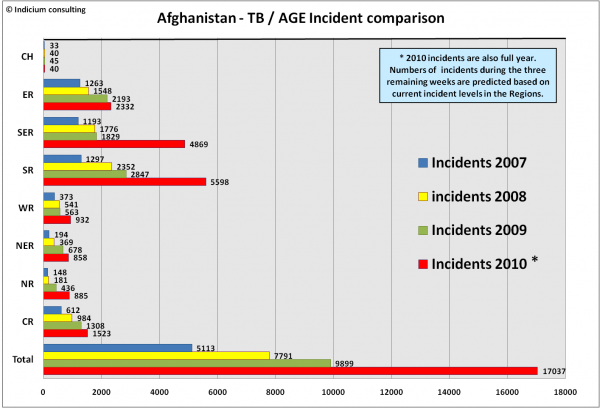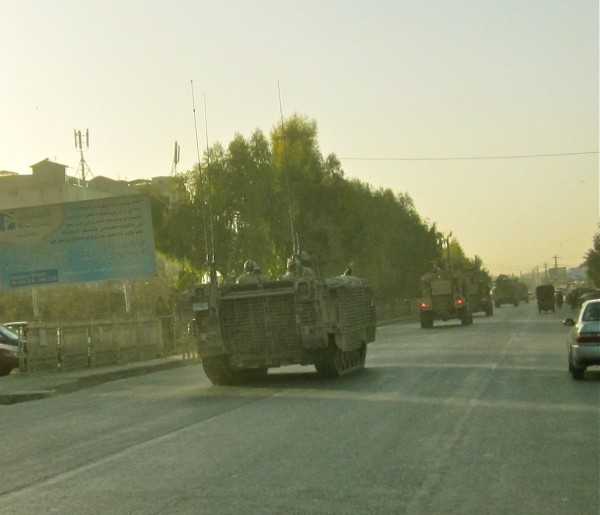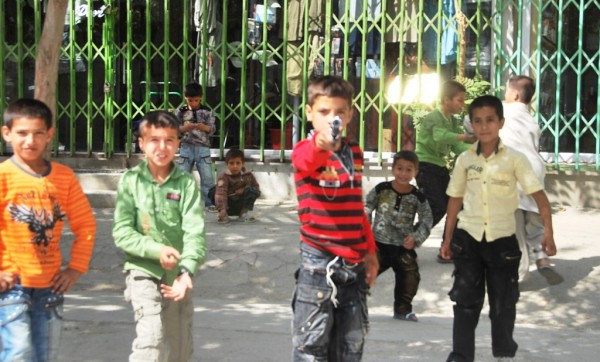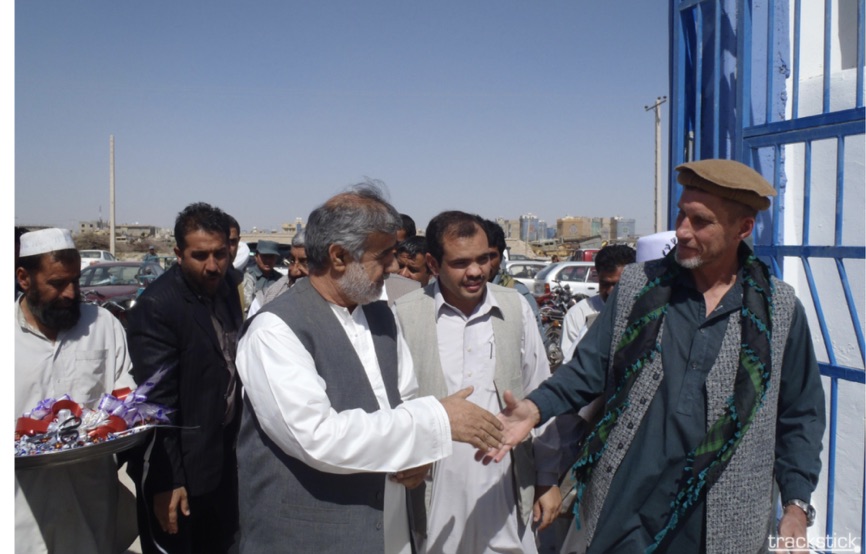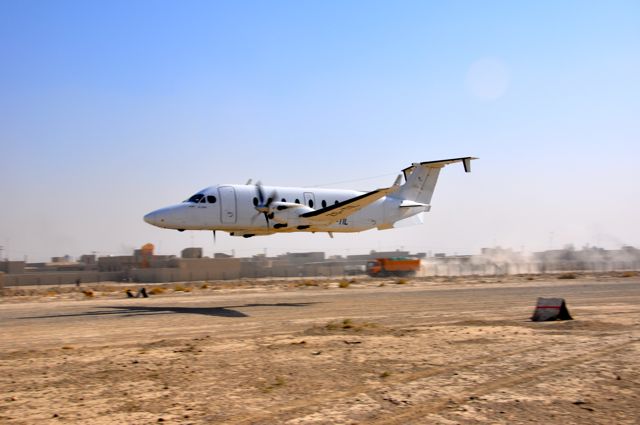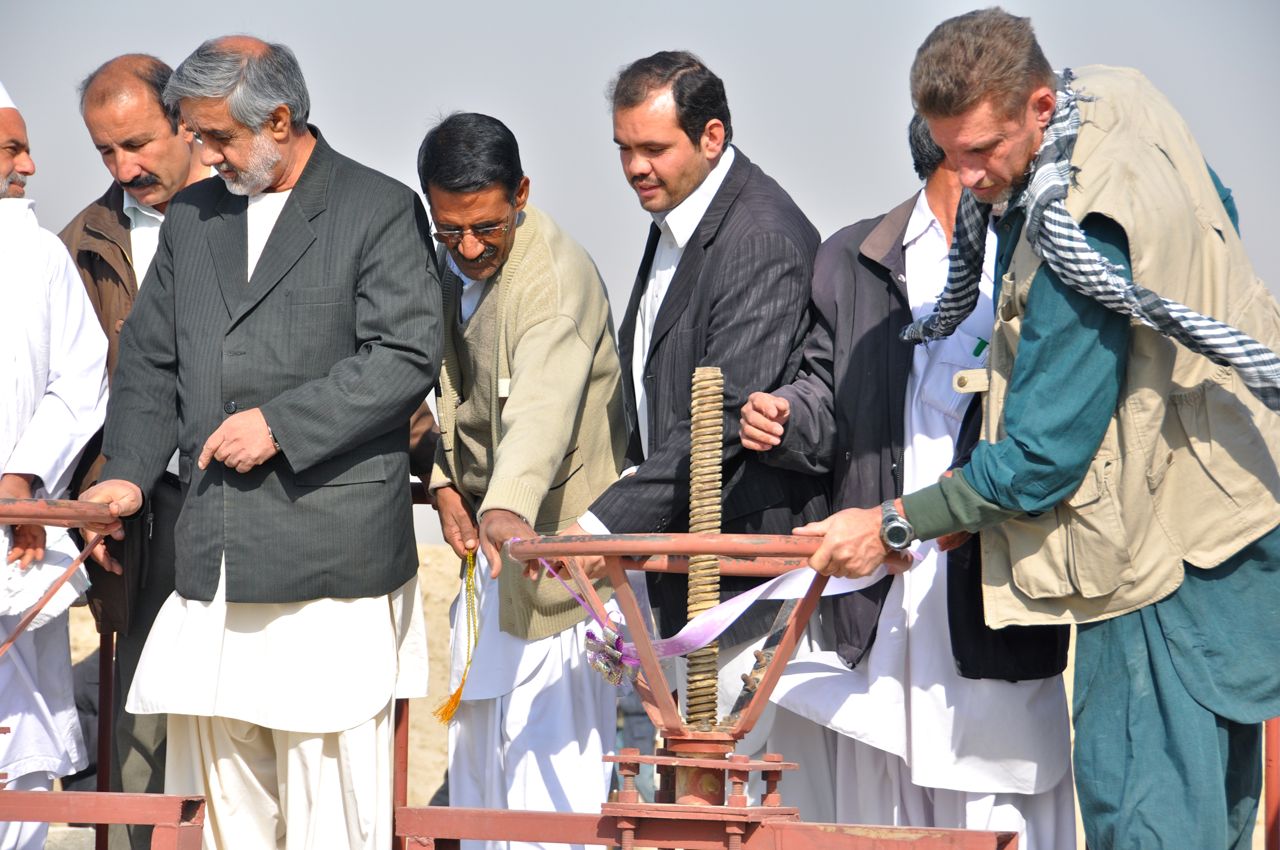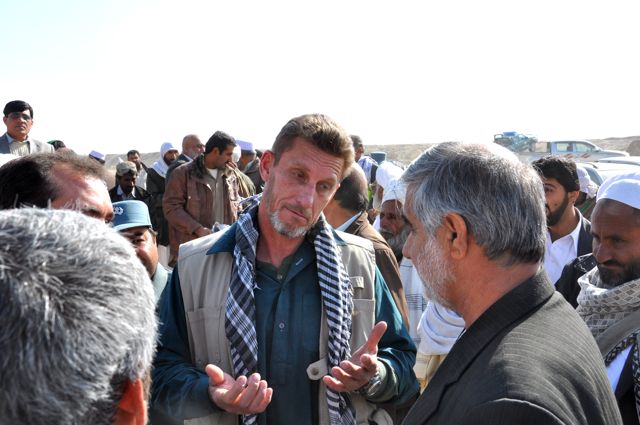It is Saturday, the 9th of April here in the sunny paradise of Afghanistan and both Kandahar and Kabul are in a UN declared “White City” status as the locals brace for another round of anti-American protests in response to the Koran burning in Florida. I’m in Kandahar where all is quiet after Thursday’s spectacular attack on an ANP compound. Once again the Taliban used an ambulance VBIED to get through police and ISAF cordons, then detonated it inside the incident scene. The Taliban still suck at fighting, but they are getting pretty slick with the tactical planning as of late.
We aren’t too worried about protests in the South – a look at last week’s stats from Sami the Finn at Indicium Consulting shows why:
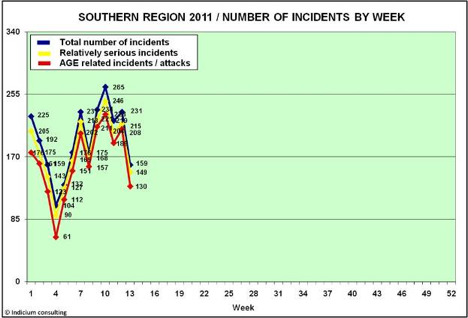
When the poppy is being harvested all other activity around the poppy belt, including Taliban attacks, grind to a halt. Opium prices are at an all time high after last years crop failure and we hear this year the opium sap harvesters will keep 1 man (4.5 kilos) for every 6 man they milk out of the poppy bulbs. A man sells (at current prices) for around US $6000. That is a ton of money in these parts, however gathering up that much wet opium takes the average 4 man team two weeks of backbreaking, dawn to dusk effort. Still every able bodied male in the region is hard at work trying to get a man worth of Opium because when you have 6k in your pocket you can get married. That’s right – sex not only sells but it’s also is a great motivator for unmarried men in societies where the only way to get it is through marriage.
With most of the international press trying to figure out what Obama and Hillary are up to in Africa confusion regarding what’s happening here has reached new levels of strangeness. Are things going well, or are they going down the tubes? Is a resurgent al Qaeda a problem, or, (as I have long maintained) is this never going to be happen again in Afghanistan? Is the President of the United States really an inexperienced, doctrinaire, ignoramus, or is he rope-a-doping the whole world by pretending to be incompetent while hatching a wickedly genius plan to bring Americans a healthy economy coupled to a foreign policy which is easily understood to benefit the interests of our country?
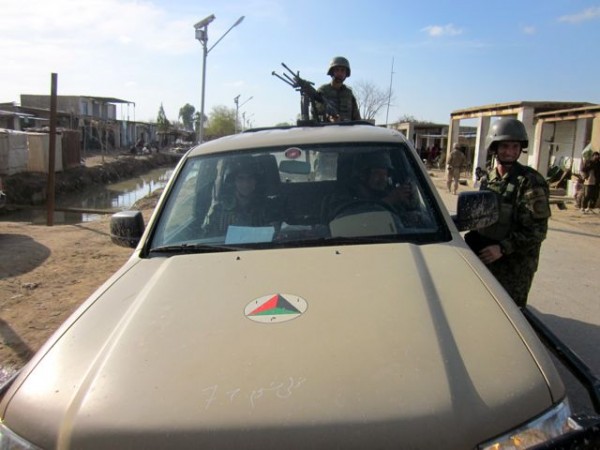
Allow me to answers my questions in reverse order: Our POTUS is not rope-a-doping, his crisis management performance is typical for a man who has been promoted way beyond his level of incompetence for reasons other than experience or consistent superior performance. But that is a lesson we cannot acknowledge because it remains fashionable among our cultural and business elite to emphatically believe affirmative action is a good thing. They want to believe that diversity makes us stronger when everyone who has to deal with “diversity” knows the only way it makes anything stronger is when diverse peoples meet the same standards and compete on a level playing field.
The Taliban are resurgent now, have been for the past two years and will be gaining and holding more terrain, will be inflicting more casualties on ISAF and ANSF, will grow stronger and stronger with each passing year. Worse, it appears al-Qaeda is back which I thought would never happen but then again I thought we’d be making progress by now.
And finally I have no idea what in the name of God we are doing bombing Libya but can guarantee you that when it’s all said and done we’re going to discover this was “doing stupid shit”. Let’s just hope we don’t lose too many people in the process.
In the Eastern portion of Afghanistan we have withdrawn from most of Kunar Province because the military geniuses in Kabul have decided that our presence in the isolated valleys was a provocation, so we declared victory and are packing up to head home. The Hillbillies of Kunar didn’t see it that way and thought our withdraw from their turf was a win for them. Commanders who are victorious against the Americans seem to attract attention, money, recruits, and (this is new) al Qaeda training camps. Who would have guessed that????????

This report in the Wall Street Journal was a nasty surprise to those of us paying attention but not for long. Within 24 hours the MSM was spinning a counter story that included this statement: “Petraeus also said he did not agree with reports that al-Qaida was making a comeback in Afghanistan”. Well, I guess that’s that but hold on the WSJ story was written by Mathew Rosenberg. I know Matt gets outside the security bubble to dig up his own facts having given him a ride from Jalalabad to Kabul a few years ago. If Rosenberg is reporting there is a resurgent al Qaeda infesting Afghanistan then I’m going to admit I was wrong about the possibility of that happening. General Petraeus can say whatever he likes but we know he doesn’t know because he has no human intelligence capacity with which to know. That is the price he must pay for having unlimited funds with which to build little islands of America all over the country, isolating most of the forces completely from the Afghans.
Another classic example of inside the security bubble propaganda versus real outside the wire atmospherics can be found in this April Fools article . Written by James Dobbins, and reprinted by the RAND people for some reason (I am certain protecting their billions in FOB based contracts has nothing to do with it) Mr Dobbins, a DC insider with a vested interest in blowing sunshine up the rectums of other insiders, tells us that “irrational optimism” is the word of the day for your ordinary Afghan. You see, as bad as things are, they have been so much worse over the past 30 years that, from the perspective of the abused populace, everything is now peachy!
Let me paste in graph from one of the few organizations that actually gets out on the ground (with expat led teams) to do their own polling. Check this out:

The pie chart above is based on a report by the International Council on Security and Development (ICOS). ICOS is the only policy analysis organization in Afghanistan with expatriate headed assessment teams. They are led by the formidable Norine MacDonald: I ran into them last January while they were in the Helmand Province doing research for this report on the dangers of a draw-down in forces this summer.
I personally don’t think the maneuver units are going anywhere this summer. The United States could easily send half the people deployed to Afghanistan home without diminishing a bit of combat power. Simply clear out all the Equal Opportunity Officers, the Sexual Harassment Officers, career jammers, the jerks who monitor base gyms to make sure nobody wears a sleeveless shirt and the military policemen who make life on the FOB’s such a drag. You could easily cut the intelligence effort in half because Afghan intel is an echo chamber of endemic circular reporting. And you can close the COIN Academy; setting up a new “innovative” school house is a loser move designed to cover over the fact we have no traction with the Afghan people. The COIN Academy will never answer that question because you can’t do COIN in six month increments which isn’t really the problem either; the Karzai administration is the problem. But I’ve only been saying that for five years now and am sick of repeating myself.
We’re spending too much money and blood in Afghanistan while achieving very little besides beating the dog shit out of the Southern Taliban. That is something which the Marines in Helmand and the ISAF units in Kandahar can be proud of but it’s not enough. When I look at the train wreck that is the United States economy coupled with the unwillingness of our elected leaders to deal with the mess they made I am reminded (yet again) of the Roman Empire. Contemplate this quote (hat tip Dan Carlin’s Hard Corps History) from historian Michael Crawford who wrote in The Roman Republic:
The dangerous developments of the second century BC were then in large measure the result of growth of the Roman Empire providing the oligarchy with wealth which had to be invested making it easy for them to acquire extra land, providing them with slaves to work it and offering no alternative land elsewhere to those dispossessed. A part time peasant army conquers the Mediterranean and that conquest facilitates its destitution.
The level of debt being generated by our political masters is unsustainable, the amount of spending on the war in Afghanistan is unsustainable, the financial obligations of the democratic run blue states are unsustainable. Yet our political class continues to demagogue, evade, reward themselves with benefits regular Americans can only dream of, while our military leaders focus on marginal issues like women on submarines or the acceptance of homosexuals (as if they have not always been in the military anyway). Our government leaders focus on everything except the fact we have no money. Our military leaders focus on everything except the fact that we’re losing in Afghanistan. The American people work hard to support their families while sending their children off to fight for a military that is rapidly adopting the liberal cultural mores of the ruling class at the expense of traditional martial virtue. The men and women fighting here and elsewhere will return to a country where only the elite prosper, where the rules for the political class and the working class are different. They are going to fight like lions to support our constitution while the administration shreds that constitution and leaves the common folk destitute.
Holy shit I sound like a commie! Time to pack up the laptop and fly to Dubai where I need to score another visa and a beer or two. Maybe a few days of sleeping in a real bed will improve the mood a bit but I doubt it. I see a bad moon rising.


